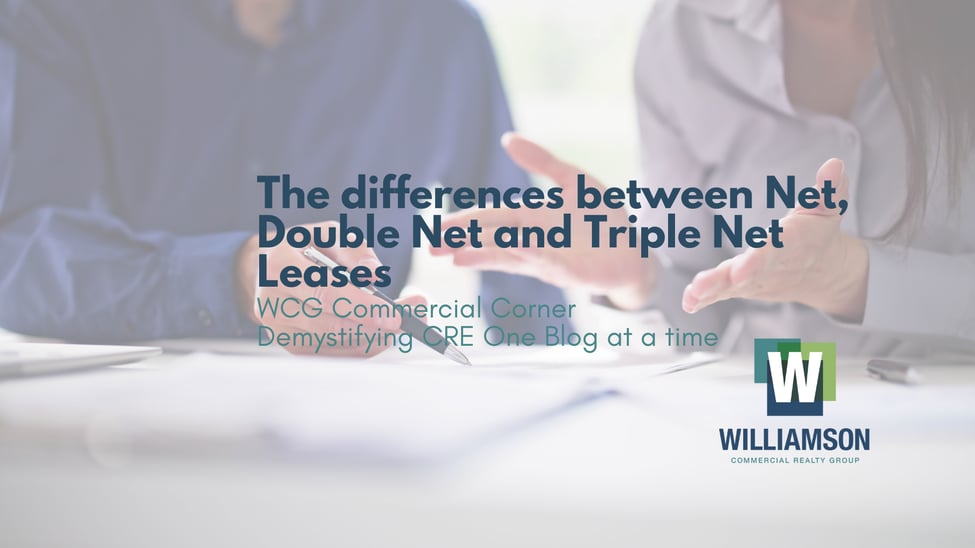In commercial real estate, "Net," "Net Net," and "Triple Net" (NNN) are terms used to describe different lease structures that allocate various responsibilities for operating expenses between landlords and tenants. Each term represents a different level of expense responsibility, impacting the overall financial obligations of the parties involved.
Net Lease (Single Net):
In a Net Lease, also known as a Single Net Lease, the tenant is responsible for paying the base rent plus one type of operating expense, typically property taxes. This means that the tenant pays a fixed rental amount to the landlord, along with their share of property taxes. Under a Net Lease, the landlord remains responsible for covering other operating expenses such as insurance, maintenance, utilities, and common area expenses.
Net Net Lease (Double Net):
A Net Net Lease, also known as a Double Net Lease, increases the tenant's responsibility by requiring them to pay the base rent plus two types of operating expenses: property taxes and insurance. In addition to property taxes, tenants are responsible for covering insurance premiums, while landlords typically retain responsibility for other operating expenses, including maintenance, utilities, and common area expenses.
Triple Net Lease (NNN):
A Triple Net Lease (NNN) represents the highest level of expense responsibility for tenants. In a Triple Net Lease, tenants pay the base rent plus three types of operating expenses: property taxes, insurance, and common area maintenance (CAM) expenses. Under a Triple Net Lease, tenants assume almost all operating expenses associated with the property, including property taxes, insurance premiums, maintenance costs, utilities, and other common area expenses. Landlords' financial obligations are minimized in Triple Net Leases, as they typically only remain responsible for structural repairs and capital expenditures on the property.
Key Differences:
Responsibility for Operating Expenses: The primary distinction between these lease types lies in the allocation of operating expenses between landlords and tenants. In Net Leases, tenants typically cover property taxes, while landlords handle other expenses. In Net Net Leases, tenants cover property taxes and insurance, while landlords handle other expenses. In Triple Net Leases, tenants cover property taxes, insurance, and common area maintenance, leaving minimal financial obligations for landlords.
Financial Risk and Control: Triple Net Leases transfer significant financial risk and control to tenants, as they are responsible for a broad range of operating expenses. Conversely, Net Leases provide tenants with greater predictability and stability in their financial obligations, while landlords retain more control over property management and maintenance.
Flexibility and Negotiation: Lease structures can be negotiated between landlords and tenants based on their specific needs and priorities. The choice of lease type depends on factors such as property type, market conditions, tenant preferences, and financial considerations.
Each type of Net lease represents different levels of expense responsibility for tenants in commercial real estate. These lease structures offer varying degrees of financial risk and control for tenants and landlords, highlighting the importance of understanding lease terms and negotiating agreements that align with the interests of all parties involved.
Contact us about net, double net, and triple net leases: because deciphering lease jargon shouldn't feel like navigating a triple-decker sandwich menu.
Client Focused | Solution Driven | Commercial Realtors

